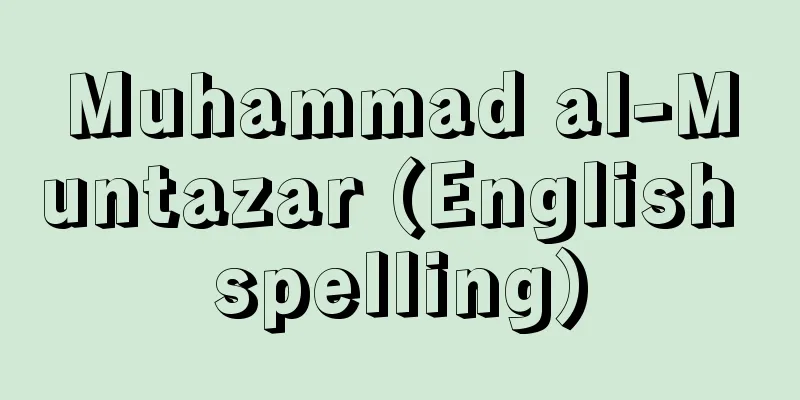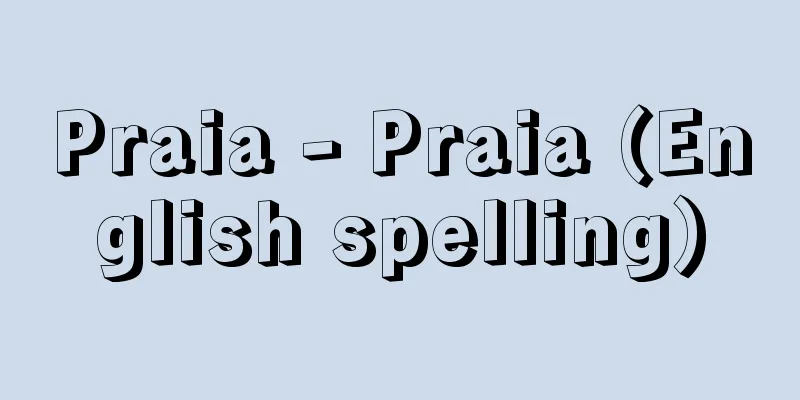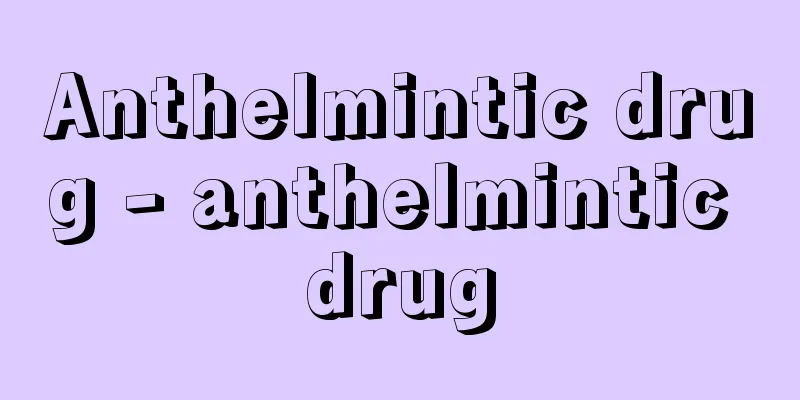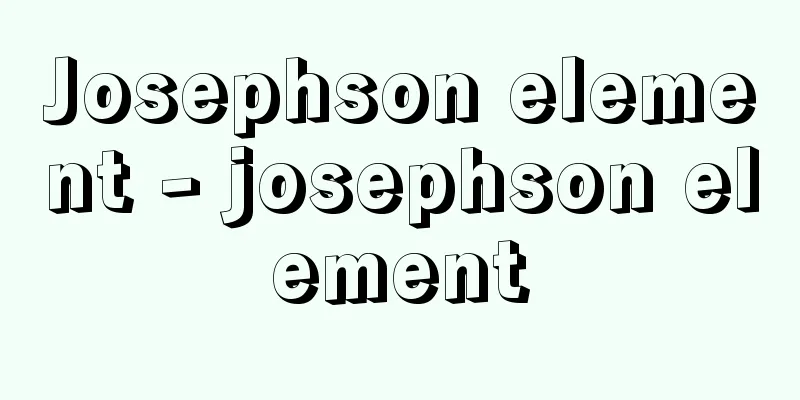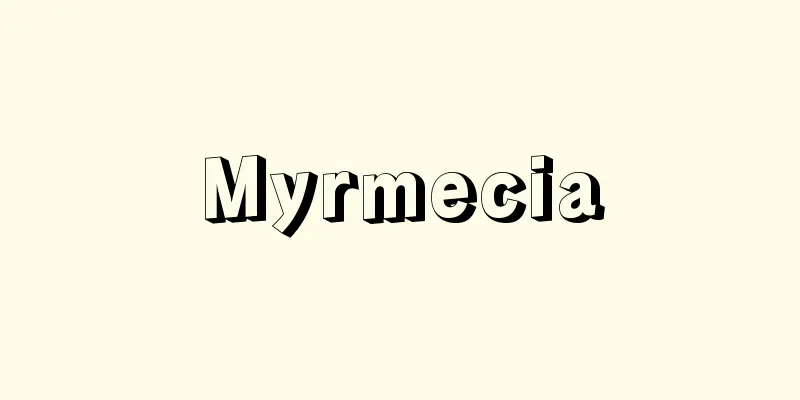Gathering - Shuugou

|
When clearly defined objects such as desks and chairs in a classroom or the natural numbers from 1 to 50 are considered as a whole, they are called a set of those objects, and those objects are called elements or elements of that set. When a is an element of set A, we write a∈A, and say that a belongs to A or that A contains a. The objects that make up a set can be real objects such as desks and chairs, or imaginary objects thought up in one's mind. A set made up of a finite number of elements is called a finite set. In contrast, the set of natural numbers 1, 2, 3, ... and all the points on a line are all sets, but these sets have an incalculable number of elements. A set that contains such an infinite number of elements is called an infinite set. The number of elements in a set is called the cardinality. There are two ways to define a set. One is to list the elements of the set as a, b, c, .... This set is written as {a, b, c, ...}. The other is to consider all things that have a certain property as a set when that property is given. The set of n that has the property "n is a natural number" is the set of all natural numbers. When there is no object with this property, this property gives a set that contains no elements. A set that contains no elements is called the empty set, and is often represented by the symbol ∅. For two sets A and B, when every element of A is also an element of B, set A is said to be a subset of set B, and is written as A ⊂ B. For every set A, ∅ ⊂ A. When A is a subset of B (A ⊂ B) and B is a subset of A (B ⊂ A), that is, when the elements of A and B are the same, A and B are said to be equal, and are written as A = B. [Toshio Nishimura] Set OperationsWhen A and B are sets, the set of elements that belong to at least one of A and B is called the union or union of A and B, and is written as A∪B (① in ). The set of elements that belong to both A and B is called the intersection of A and B, and is written as A∩B (② in ). When A={1, 2, 3, 4} and B={2, 3, 5}, A∪B={1, 2, 3, 4, 5} and A∩B={2, 3}. When considering only a subset of a set U, set U is called a universal set. For example, when considering only the set of real numbers, the set of all real numbers is the universal set, and when considering only the set of points on a plane, the set of all points on the plane is the universal set. Let U be the universal set and A be its subset. The set of elements of U that do not belong to A is called the complement of A, and is written as A', etc. (③ in ). In this case, the following relationship holds. (1) A ∪ A′ = U, A ∪ ∅ = A (1)′A∩A′=∅, A∩U=A [Toshio Nishimura] "Arithmetic and Sets" by Yoshikazu Kobayashi (1972, Toyokan Publishing)" ▽ "Sets" by Kentaro Yano (1973, Kyoritsu Publishing)" ▽ "The Story of Sets" by Vilenkin, translated by Yasumitsu Shibaoka (1975, Tokyo Tosho)" ▽ "Sets and Logic" by Tsutomu Hosoi (1982, Kyoritsu Publishing) [Reference] |©Shogakukan "> Collection (figure) Source: Shogakukan Encyclopedia Nipponica About Encyclopedia Nipponica Information | Legend |
|
教室の机や椅子(いす)とか、1から50までの自然数のようにはっきり定義されたものを一つの全体として考えたものを、それらの対象の集合といい、それらの対象をその集合の元(げん)とか要素という。aが集合Aの元であることをa∈Aと書き、aはAに属するとか、Aはaを含むという。集合をつくる対象は、机や椅子のように実在しているものでもよいし、頭のなかで架空的に考えられたものでもよい。有限個の元からできている集合を有限集合という。それに対して、自然数1、2、3、……の全体、直線上の点の全体はいずれも集合であるが、これらの集合はその元を数えきることができない。このような無限個の元を含む集合を無限集合という。集合の元の個数を濃度という。一つの集合を定義するのには2通りの方法がある。一つは、集合の要素をa、b、c、……のように列記する方法である。この集合を{a, b, c,……}と書く。もう一つは、ある性質が与えられたとき、その性質をもっているもの全体を一つの集合とする方法である。「nは自然数である」という性質をもつnの全体は自然数全体の集合ということになる。その性質をもつような対象がないとき、この性質は、元を一つも含まない集合を与えることになる。元をまったく含まない集合を空集合(くうしゅうごう)といい、しばしば∅という記号で表す。二つの集合AとBについて、Aのどの元も同時にBの元であるとき、集合Aは集合Bの部分集合であるといい、A⊂Bと書く。どの集合Aについても∅⊂Aである。AがBの部分集合(A⊂B)で、同時にBがAの部分集合(B⊂A)であるとき、すなわちAとBの元が同じとき、AとBは等しいといい、A=Bと書く。 [西村敏男] 集合演算AとBを集合とするとき、AかBの少なくとも一方に属する元の全体をAとBの和集合とか合併集合といい、A∪Bと書く(の①)。AとBの両方に属する元の全体をAとBの共通集合といい、A∩Bと書く(の②)。A={1, 2, 3, 4}、B={2, 3, 5}のとき、A∪B={1, 2, 3, 4, 5}、A∩B={2, 3}である。ある集合Uの部分集合だけを考えるとき、集合Uを全体集合という。たとえば、実数の集合だけを考えるときには、実数全体の集合が全体集合であり、平面上の点集合だけを考えるときは、平面上の点全体の集合が全体集合である。Uを全体集合とし、Aをその部分集合とする。Aに属さないUの元の全体をAの補(余)集合といい、A′などと書く(の③)。このとき次の関係が成り立つ。 (1) A∪A′=U, A∪∅=A (1)′A∩A′=∅, A∩U=A [西村敏男] 『小林善一著『算数と集合』(1972・東洋館出版社)』▽『矢野健太郎著『集合』(1973・共立出版)』▽『ヴィレンキン著、柴岡泰光訳『集合の話』(1975・東京図書)』▽『細井勉著『集合・論理』(1982・共立出版)』 [参照項目] |©Shogakukan"> 集合〔図〕 出典 小学館 日本大百科全書(ニッポニカ)日本大百科全書(ニッポニカ)について 情報 | 凡例 |
<<: Free port - jiyukou (English spelling)
Recommend
Ring Bell - Kanrei
A bronze product consisting of three or four bells...
Tamanawa
The name of a place in Kamakura City, Kanagawa Pre...
Nete
… [Nature, Geography] Belgium's topography is...
Hikomasu-no-Mikoto
He is said to be the son of Emperor Kaika. In the ...
Pentastomida - Pentastomida
A general term for the species that form the phylu...
border contrast
…When a piece of gray-white paper is large, the p...
Joint liability - Rentaisaimu
It is defined as a debt between multiple parties,...
International Shorthand Congress
...After the system of Isaac Pitman (1813-97) was...
Ito Ittosai
Dates of birth and death unknown. Founder of the ...
Toshiro Oka
...The specialized profession of advertising bega...
Calcium oxide - sankakarushiumu (English spelling) calcium oxide
A compound of calcium and oxygen. It is also call...
University Imperiale (English)
...Also the name of the University of Tokyo from ...
Kashmir Art - Kashmir Art
Art of the Kashmir region in the Himalayan mountai...
Goebbels - Joseph Goebbels
A politician of Nazi Germany. Born into a middle-...
Tone
〘Noun〙① A general term for the chief officials of ...
